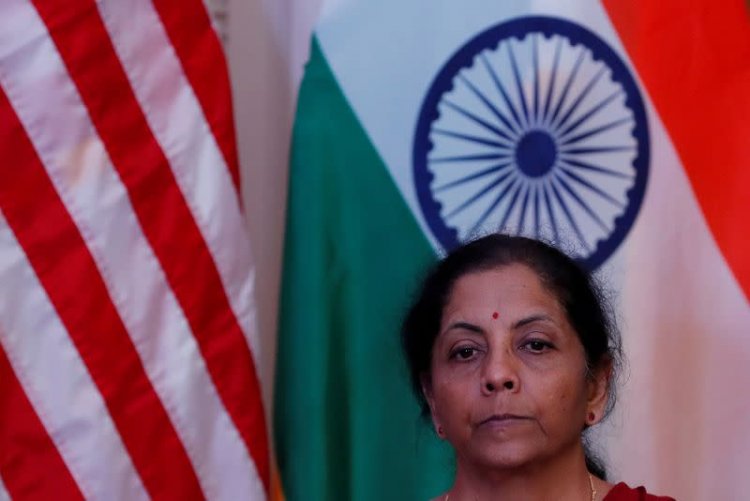‘Dream’ Budget did not Account for a Crippling Second Wave
STORIES, ANALYSES, EXPERT VIEWS

The annual Budget in February that raised hopes it would drive a sharp economic revival, did not account for a crippling second wave of Covid-19 infections.
The Budget aimed to revive the economy via investing in infrastructure and health care, while relying on an aggressive privatisation strategy and robust tax collections — on the back of projected growth of 10.5 per cent — to fund its spending in the fiscal year. At the time, a massive Covid-19 vaccination drive and a rebound in consumer demand and investments had put the economy on track to recover from its deepest recorded slump.
Revising growth projections: Now with many parts of the country under varying degrees of lockdown, most of the growth projections that the Budget was built around are now mired in uncertainty. The extent of the crisis is even making investors question whether India still deserves to cling on to its ‘investment grade’ status.
Moody’s has already cut its GDP forecast to 9.3 per cent from 13.7 per cent. While the government maintains it is too early to revise its own numbers, officials privately concede growth will be much more muted than previously anticipated if social distancing measures continue.
Delays in privatisation: The health crisis has slowed decisions on privatisations, among other proposed reforms. The delays will affect a series of other privatisation plans, including two banks, insurance and energy companies, that are at the centre of reforms proposed by the Budget and that are key to achieving the roughly $24-billion target from privatisations and asset sales, the officials said.
The crisis is also likely to delay the listing of India’s largest insurer, Life Insurance Corp, which was expected to raise $8-$10 billion, they said.
The lockdowns will start affecting tax collections by June, potentially lowering revenues 15-20 per cent from what was estimated for the quarter. With the projected fiscal deficit target pegged at 6.8 per cent of gross domestic product and a soaring borrowing programme, delays in the privatisation plan and the anticipated shortfalls in tax revenues are already prompting cuts to some of the government’s previously earmarked expenses, two officials said.















